What are some interesting facts about Rio de Janeiro?

Welcome to the vibrant and captivating city of Rio de Janeiro, where samba rhythms, stunning landscapes, and a rich cultural heritage come together in a dazzling display. From the iconic Christ the Redeemer statue overlooking the city to the world-famous Copacabana beach, Rio de Janeiro is a city that never fails to amaze. But beyond its tourist attractions, this Brazilian gem is also brimming with fascinating facts that will leave you in awe.
Did you know that Rio de Janeiro was the capital of Brazil until 1960? Or that it is home to the largest urban forest in the world, the Tijuca Forest? And let’s not forget about the annual Carnival, a spectacle of color, music, and dance that attracts millions of visitors each year.
Whether you’re a history buff, a nature lover, or a party enthusiast, Rio de Janeiro has something to offer everyone. So get ready to discover the hidden treasures and intriguing tidbits that make this city truly extraordinary.
Historical background of Rio de Janeiro
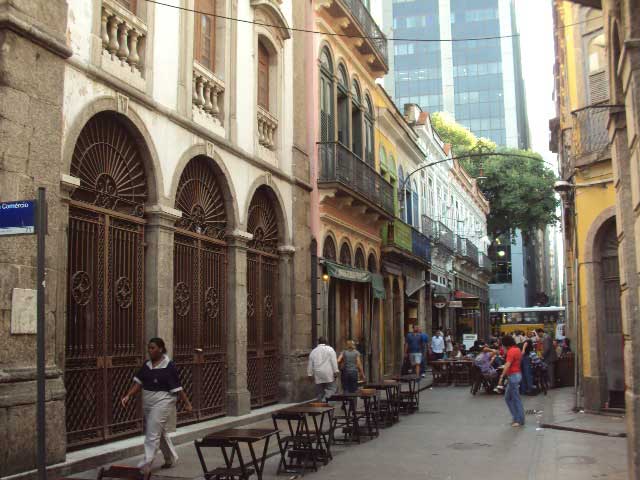
Rio de Janeiro has a rich historical background that dates back to its colonization by the Portuguese in the 16th century. Originally discovered by the Portuguese explorer Gaspar de Lemos in January 1502, the city was initially named “Rio de Janeiro,” which means “January River” in Portuguese. It became the capital of Brazil in 1763 when the colony was elevated to the status of a kingdom. Rio de Janeiro remained the capital until 1960 when it was replaced by Brasília.
During its time as the capital, Rio de Janeiro experienced significant growth and development. It became a major center for trade and commerce, attracting people from all over the world. The city’s historic center, known as the “Centro,” is home to many architectural gems from this period, including the beautiful Municipal Theater and the National Library of Brazil.
Despite no longer being the capital, Rio de Janeiro continues to be a cultural and economic powerhouse in Brazil. Its historical significance is still evident in the many preserved buildings and landmarks that showcase its past.
Interesting geographical features of Rio de Janeiro

One of the most fascinating aspects of Rio de Janeiro is its unique geography. The city is nestled between the Atlantic Ocean and a series of mountains, giving it a breathtaking backdrop. The most famous of these mountains is Corcovado, home to the iconic Christ the Redeemer statue. Standing at 30 meters tall, the statue is one of the New Seven Wonders of the World and offers panoramic views of the city.
Another notable geographical feature of Rio de Janeiro is the Tijuca Forest. This urban forest is the largest of its kind in the world, covering an area of approximately 32 square kilometers. It is home to a diverse range of flora and fauna, including monkeys, sloths, and over 350 species of birds. Exploring the trails and waterfalls within the Tijuca Forest is a popular activity for nature lovers visiting Rio de Janeiro.
In addition to its mountains and forests, Rio de Janeiro is famous for its beautiful beaches. The most renowned of these is Copacabana, a stretch of sand that stretches for 4 kilometers along the city’s coastline. Copacabana beach is not only a popular spot for sunbathing and swimming but also hosts various events and celebrations throughout the year, including the famous New Year’s Eve fireworks display.
The cultural diversity of Rio de Janeiro
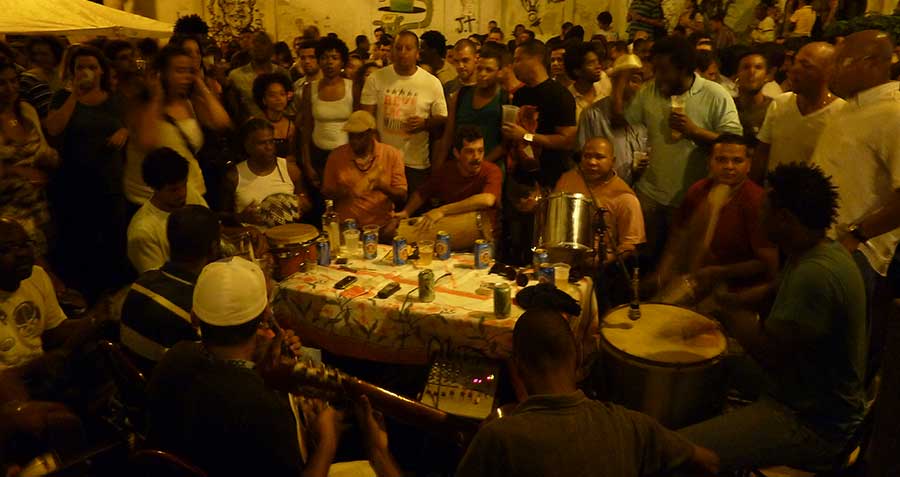
Rio de Janeiro is known for its vibrant and diverse culture, shaped by a blend of indigenous, Portuguese, African, and other immigrant influences. This cultural fusion is evident in the city’s music, dance, and cuisine.
Samba, a lively and rhythmic music genre, is synonymous with Rio de Janeiro. It originated in the city’s favelas (shantytowns) and has since become an integral part of Brazilian culture. Samba schools, which are community organizations dedicated to preserving and promoting samba, play a significant role in the city’s cultural landscape. The annual Carnival is a prime example of Rio de Janeiro’s love for samba, where samba schools compete in elaborate parades of music, dance, and costumes.
In addition to samba, Rio de Janeiro is also known for its bossa nova music. This genre, characterized by its smooth melodies and poetic lyrics, gained international popularity in the 1960s and continues to influence musicians worldwide.
When it comes to cuisine, Rio de Janeiro offers a mouthwatering array of dishes that reflect its diverse cultural heritage. Feijoada, a hearty black bean stew with various cuts of pork, is considered the national dish of Brazil and is a must-try in Rio de Janeiro. Other popular dishes, appetizers and drinks include filé Oswaldo Aranha (seasoned with fried garlic, accompanied by potatoes, white rice and egg farofa), biscoito de polvilho (manionc flour biscuit), and mate (a non-alcoholic cold beverage made from mate herb).
Famous landmarks and attractions in Rio de Janeiro
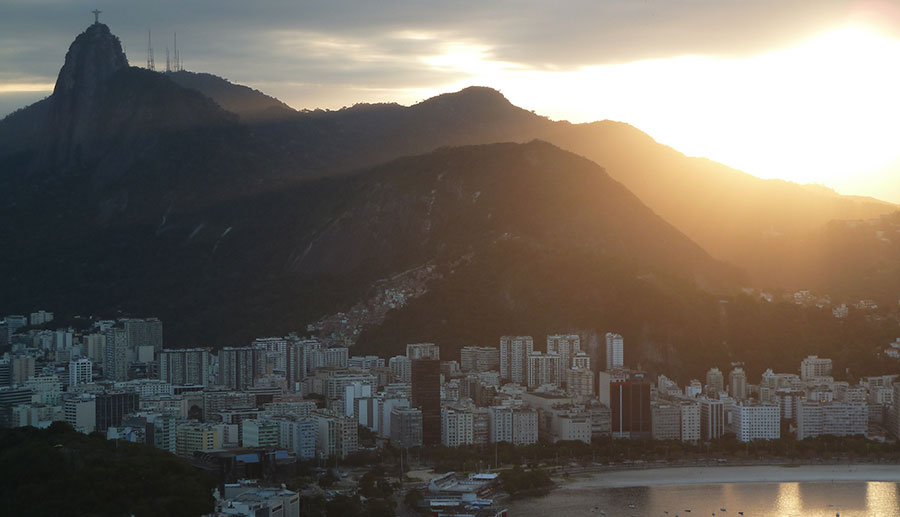
Rio de Janeiro is home to several iconic landmarks and attractions that draw visitors from around the globe. The most famous of these is the Christ the Redeemer statue, perched atop Corcovado Mountain. This colossal statue, with its outstretched arms, is not only a symbol of Rio de Janeiro but also a symbol of Brazilian Christianity. The views from the statue’s base are breathtaking, offering a panoramic vista of the city, the ocean, and the surrounding mountains.
Another must-visit attraction is the Sugarloaf Mountain, a granite peak that rises 396 meters above Guanabara Bay. Taking a cable car ride to the summit of Sugarloaf Mountain allows visitors to enjoy stunning views of Rio de Janeiro’s skyline, beaches, and beyond.
For those seeking a taste of history, a visit to the historic neighborhood of Santa Teresa is a must. Known for its charming colonial architecture, narrow cobblestone streets, and bohemian atmosphere, Santa Teresa offers a glimpse into Rio de Janeiro’s past. The neighborhood is also home to the iconic Selarón Steps, a colorful staircase covered in tiles from all over the world.
Rio de Janeiro’s festivals and events
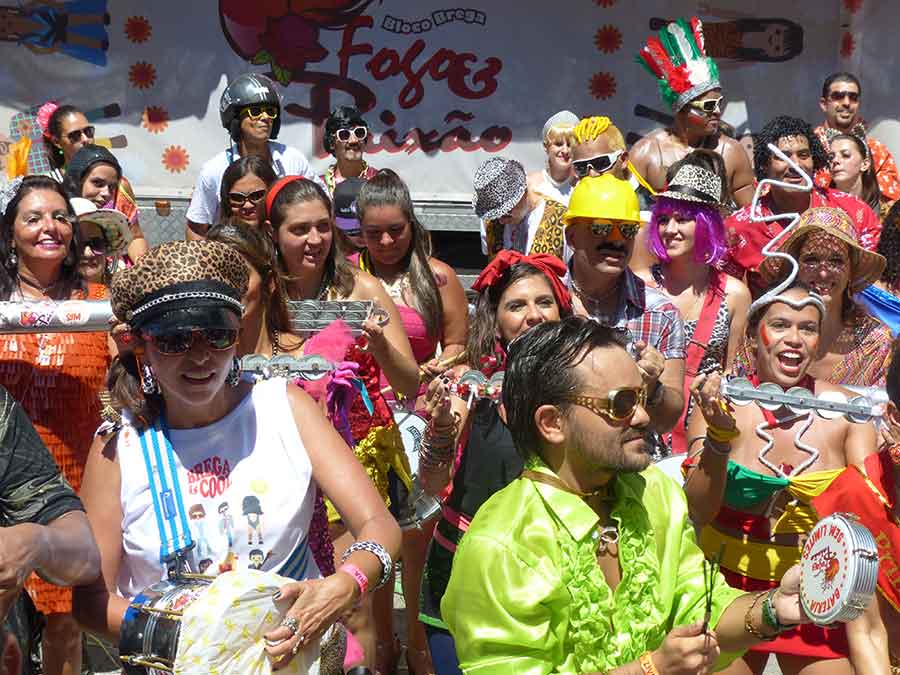
Rio de Janeiro is renowned for its vibrant festivals and events that showcase the city’s zest for life. The most famous of these is, of course, the Carnival, a world-famous celebration that takes place annually in the weeks leading up to Lent. The Carnival in Rio de Janeiro is the largest and most extravagant in Brazil, attracting more than one million visitors from Brazil and from all corners of the globe. The streets and the Sambadrome come alive with music, dance, and elaborate parades featuring samba schools, colorful costumes, and giant floats.
In addition to the Carnival, Rio de Janeiro hosts various other festivals throughout the year. One of the most popular is the biennial Rock in Rio music festival, which brings together some of the biggest names in the music industry. This multi-day event showcases a diverse range of genres, from rock and pop to electronic and Brazilian music.
For sports enthusiasts, Rio de Janeiro is a dream destination. The city has hosted several major sporting events, including the FIFA World Cup in 2014 and the Summer Olympics in 2016. The Maracanã Stadium, one of the most iconic soccer stadiums in the world, is located in Rio de Janeiro and has witnessed many historic moments in the sport.
Rio de Janeiro’s cuisine and local delicacies
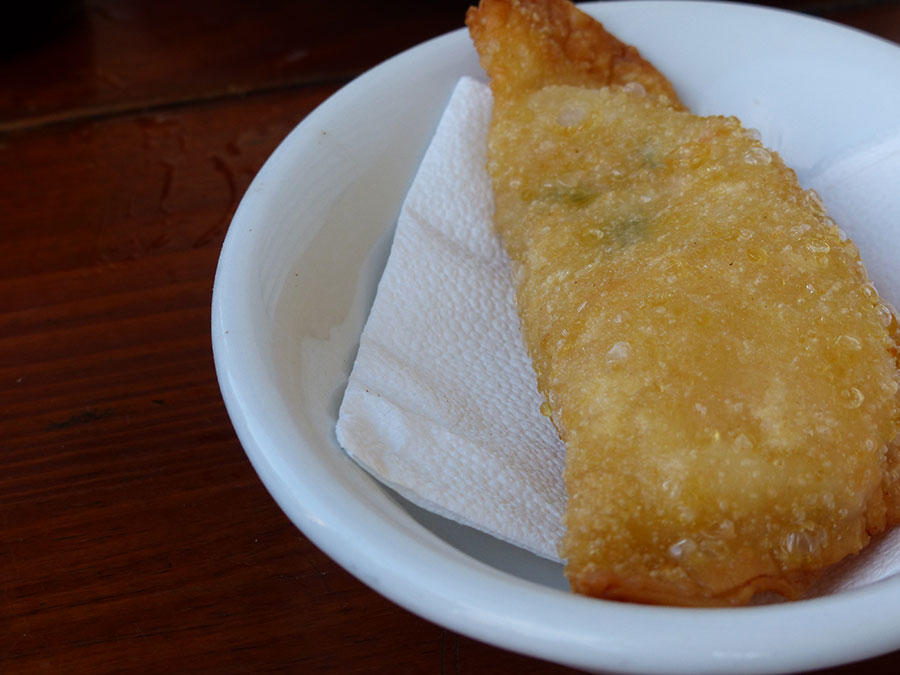
Rio de Janeiro is a culinary paradise, offering a wide range of dishes that reflect the city’s cultural diversity. One cannot visit Rio de Janeiro without trying some of the local delicacies that have become synonymous with Brazilian cuisine.
Feijoada, a black bean stew with jerked beef and various cuts of pork, is a staple dish in Rio de Janeiro. It is typically served with rice, collard greens, farofa (toasted cassava flour), and orange slices. This hearty and flavorful meal is enjoyed by locals and visitors alike.
Another popular dish in Rio de Janeiro is the pastel. Similar to an empanada or a fried dumpling, the pastel is a deep-fried pastry filled with a variety of savory fillings such as cheese, meat, or shrimp. It is a popular street food that can be found in markets and food stalls throughout the city.
For those with a sweet tooth, brigadeiro is a must-try dessert. These small chocolate truffles, made with condensed milk, cocoa powder, butter, and chocolate sprinkles, are a beloved treat in Rio de Janeiro. They are often served at parties, celebrations, and as a popular snack.
Rio de Janeiro’s sports and outdoor activities
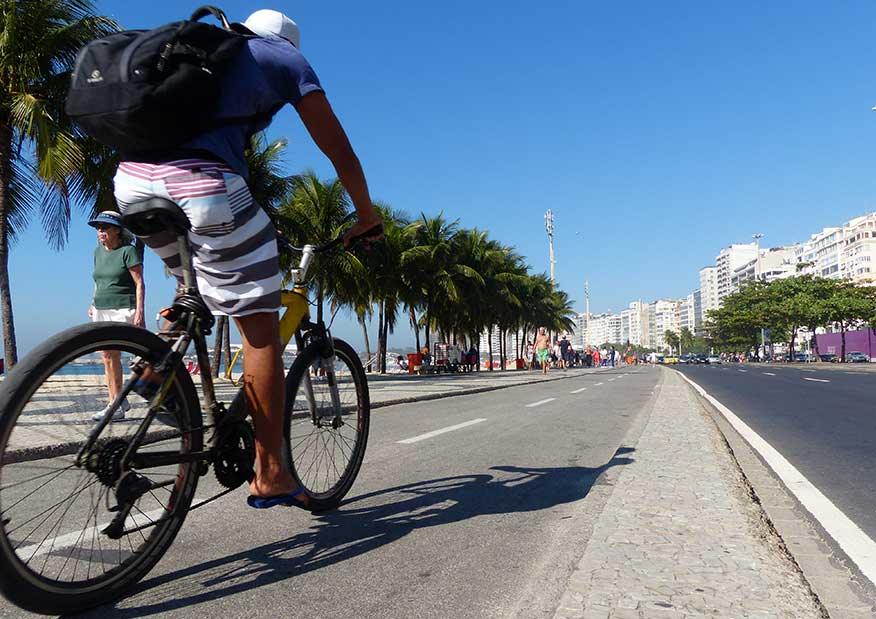
Rio de Janeiro offers a plethora of sports and outdoor activities for enthusiasts of all kinds. The city’s stunning natural landscapes provide the perfect backdrop for adventure and exploration.
Water sports are particularly popular in Rio de Janeiro, thanks to its beautiful beaches and crystal-clear waters. Surfing, stand-up paddleboarding, and kayaking are just a few of the water-based activities that visitors can enjoy. The waves off the coast of Rio de Janeiro attract surfers from around the world, making it a great destination for those looking to catch some waves.
Hiking and rock climbing are also popular activities in Rio de Janeiro, thanks to the city’s mountainous terrain. The trails in the Tijuca National Park offer a range of hiking options, from easy walks to more challenging treks. One of the most rewarding hikes is the ascent to the summit of Pedra da Gávea, a massive granite rock formation that offers breathtaking views of the city below.
For those seeking a more leisurely outdoor experience, Rio de Janeiro’s parks and gardens provide the perfect escape from the hustle and bustle of the city. The Botanical Garden, with its vast collection of exotic plants and beautiful pathways, is a tranquil oasis in the heart of Rio de Janeiro. The Rodrigo de Freitas Lagoon is another popular spot for leisure activities, where visitors can rent bicycles, pedal boats, or simply relax by the water.
Lesser-known facts about Rio de Janeiro
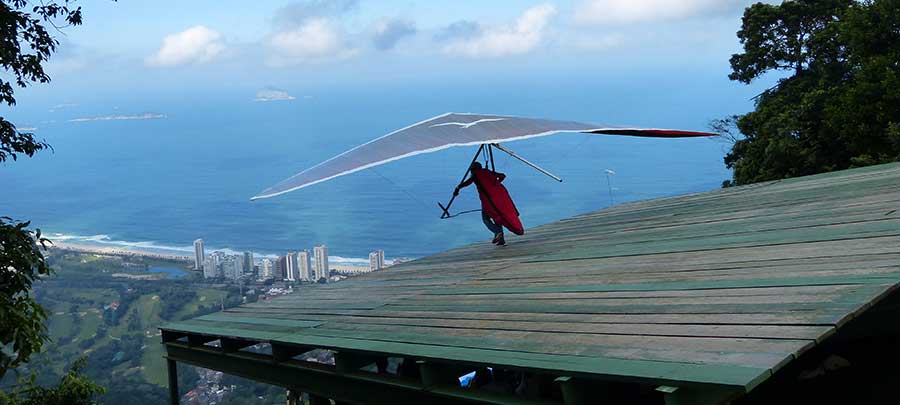
While Rio de Janeiro is famous for its landmarks and attractions, there are also some lesser-known facts that make the city even more intriguing.
Did you know that Rio de Janeiro used to be home to the largest floating Christmas tree in the world? Every year, during the holiday season, a massive structure adorned with lights and decorations used to be placed in the Rodrigo de Freitas Lagoon, creating a magical spectacle.
Another interesting fact is that Rio de Janeiro has one of the largest street art murals in the world. The “Etnias” mural, created by Brazilian artist Eduardo Kobra, covers an area of 3,000 square meters and depicts the faces of indigenous people from five different continents. It is a beautiful celebration of diversity and culture.
Rio de Janeiro is also home to Pedra Bonita, located in the Tijuca National Park, offers breathtaking views of the city and the ocean, and it is a popular spot for adrenaline junkies who want to hang glide and paraglide over Rio.
Conclusion: Exploring the wonders of Rio de Janeiro
Rio de Janeiro is a city that never fails to captivate and inspire. From its rich history and stunning landscapes to its vibrant culture and world-famous festivals, there is something for everyone to enjoy. Whether you’re exploring the architectural wonders of the city, immersing yourself in the rhythms of samba, or simply relaxing on one of its beautiful beaches, Rio de Janeiro is a destination that will leave a lasting impression. So pack your bags, embrace the spirit of the “Cidade Maravilhosa” (Marvelous City), and get ready to discover the wonders of Rio de Janeiro.